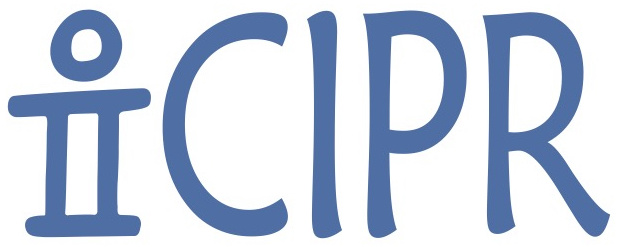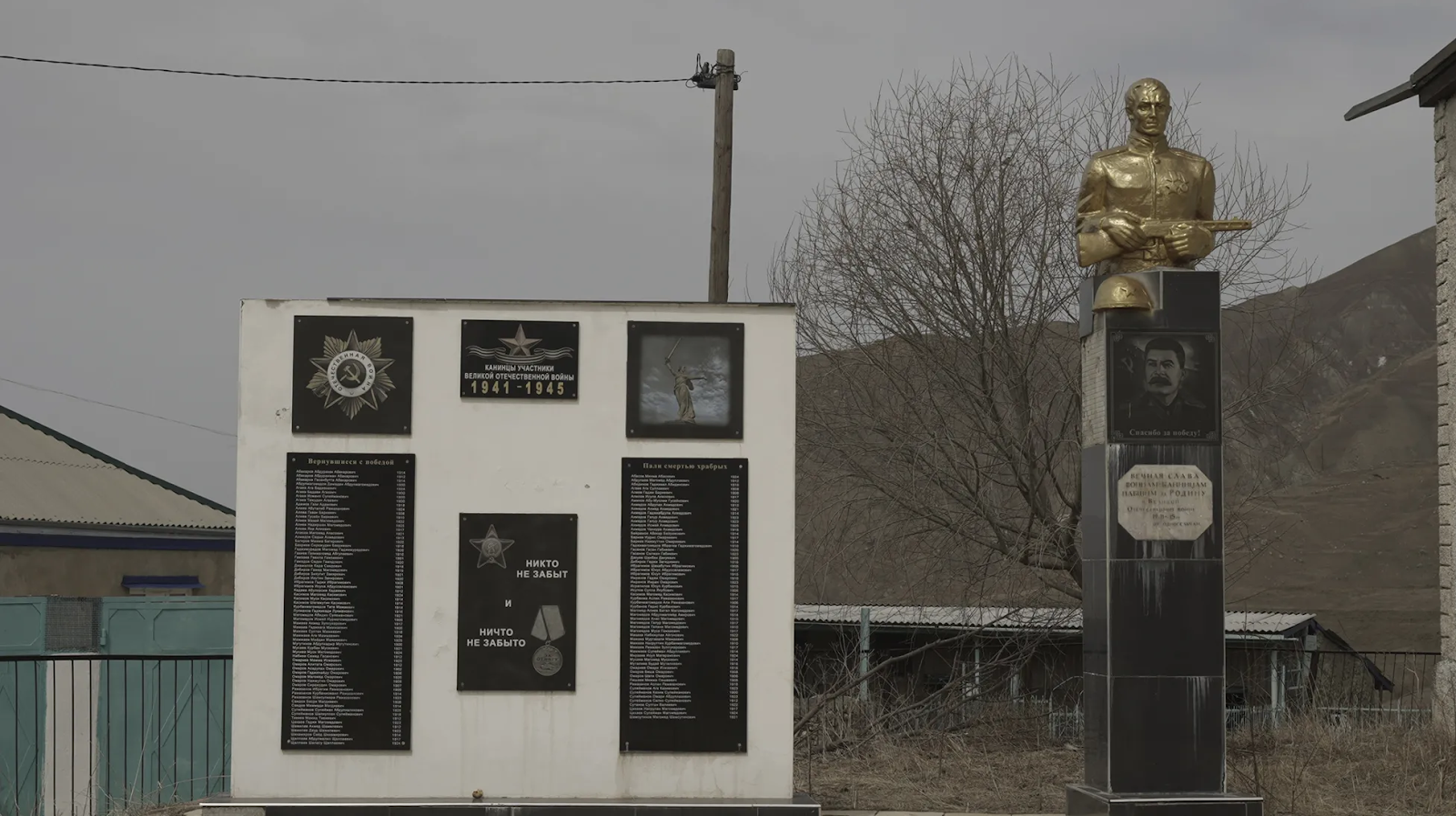Russia’s war in Ukraine is on its 211th day. As the number of fatalities wrought by Russia’s invasion escalates, Russian imperialism and colonial drive are further emphasized, both in Ukraine and Russia. The unlawful encroachment on the sovereign nation of Ukraine, acts of violence, and destabilization of the region are all efforts at new colonization. An overwhelming number of Russian soldiers killed in Ukraine come from Russia’s impoverished “ethnic republics”, which are also home to Indigenous Peoples, already devastated by economic instability, and beset by discriminatory official policies and social norms alike. The war has also put immense pressure on Russian civil society, making disagreement with Russia’s actions and anti-war sentiment and action chargeable, leading to a tremendous increase in censorship, criminal prosecutions, and enforcement of new restrictive laws.
The Russian State and local governments are increasingly reluctant to release information on the numbers of service people killed, much less on the ethnic identities of the deceased; nevertheless, independent news sites such as Vazhnie istorii (IStories) and MediaZona have conducted in-depth investigations into the numbers. Through analysis of thousands of publications, these studies reveal the number of fatalities to be significantly higher than the Russian government has put forth. Furthermore, one of MediaZona’s main conclusions was that “most of the dead soldiers are very young people from poor regions.” While “poor regions” does not necessarily denote areas where Indigenous communities live, Russian imperial politics have instituted, and continue to foster, poorer socioeconomic circumstances in areas where the majority of Russia’s Indigenous Peoples reside.
Military censorship has made it incredibly difficult to find reliable data and to form an accurate understanding of the numbers and demographics of Russian military personnel killed in Ukraine. The exact count of Russian soldiers killed is not known and estimates vary widely. The Russian Ministry of Defense has only released official data on losses twice: March 2 (498 dead) and March 25 (1,351). The General Staff of the Armed Forces of Ukraine reports Russia’s military death toll is around 35,000. An analysis of publications from regional media and social networks conducted by MediaZona, in collaboration with the BBC and a team of volunteers, confirms 6,219 deaths as of September 23. IStories’ investigation, which is updated daily, has verified 6,083 names of the deceased. MediaZona and IStories both emphasize that these numbers solely reflect data their teams have been able to verify through open sources rather than actual losses. In early June, the military prosecutor’s office in the Kaliningrad region demanded that the Pskov-based media site 60.ru take down their lists of deceased soldiers. This started a mass removal of lists from other regional media outlets. The Kaliningrad court’s decision, which stated that this information divulges State secrets and weakens morality, has become a norm throughout regions of Russia though individual obituaries continue to be published by regional media and social media public networks. As a consequence of the war, Russia’s mortality rate of young people has increased by approximately 20%. IStories’ investigative reports show that citizens of Saint Petersburg and Moscow, where over 12% of Russia’s entire population live, are hardly present among the fatalities. In contrast, in less heavily populated regions of the country, the mortality rate of young men has simply skyrocketed.

